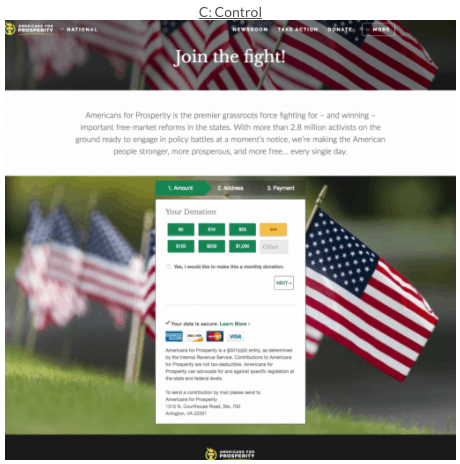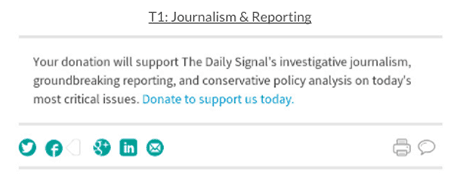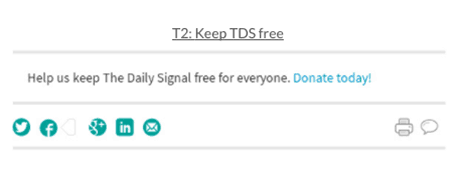Is Your Donation Page Copy Cheating on You?

Your donation page copy is often your one chance to convince a potential donor that donating to your organization is a worthwhile investment. But more often than you’d expect, your donation page copy is cheating on you. Let me explain:
Do any of these phrases sound familiar?
- Join the fight!
- Bring hope to those who need it most.
- Make an impact on your community.
- Change the world with your donation.
Nearly every nonprofit in the world could say “Join the fight” or donate to “bring hope.” Yet, so often, these types of phrases are our go-to calls to action on our donation pages. In order for your value proposition to be effective, it has to be exclusive. But there is nothing exclusive about the phrases above.
Amy Harrison, in her session at NIO Summit 2016, described this type of donation page copy as “cheating copy.” She explains it much better than I can in the clip below.
To illustrate Amy’s point, let’s look at two experiments that we ran with different nonprofit organizations that show just how much “cheating copy” could be hindering your donations.
How an exclusive value proposition affects donor conversion
The donation page for Americans for Prosperity had a 2% conversion rate. This number is fairly commonplace for many nonprofit organizations. The sad truth is that people clicked a “Donate” button to get to the donation page, yet 98% never gave a gift.
AFP didn’t want to settle for this. They knew there had to be a way to optimize their page to get a more substantial number of conversions.
Take a look at the control.

The page starts with a headline that says “Join the fight!” Now, I could go to almost any other nonprofit donation page and find a similar headline:
Join the fight against Ebola. Join the fight against hunger. Join the fight against poverty.
AFP thought that this “cheating copy” could be contributing to their low conversion rates, so they wrote new copy that added exclusivity to their value proposition.

After splitting the traffic and testing the two versions, they saw a 134% increase in conversions, boosting their conversion rate from 2% to 6%.
Let’s look at one more example.
How increasing specificity affects donations
In this experiment with The Heritage Foundation, they were trying to discover what value proposition resonated with the readers of their news site – The Daily Signal.
They started with an inline donation ask that had a very simple value proposition and call to action: “The Daily Signal depends on the support of readers like you. Donate Now.”

Unfortunately, this value proposition was “cheating” on The Heritage Foundation. You can easily swap out “The Daily Signal” for other reader or listener supported organizations – like PBS or NPR.
The Heritage Foundation set up two treatments. The first was very specific – outlining exactly how a donation is used. The second was less in depth, but attempted to tap into the reader’s desire for more people to access this content.


They split the traffic between the three variations to see which would have the highest conversion rates. Treatment 1 came up as the winner with a 275% relative increase in conversions. Not only did it lift conversions, but it also lifted the average gift size by 75%.
Donation page copy should be exclusive
Every single donor, whether they’re conscious of it or not, asks the same question before they make a donation. “Why should I give to you, rather than to some other organization, or not at all?”
And as we’ve seen in the experiments above, the way that your donation page copy answers this fundamental value proposition question will determine the success of your fundraising. So if you want to ensure that your value proposition effectively answers this question, it has to be exclusive.
There’s a lot more to effective donation page copy writing than just exclusivity. And Amy Harrison has a lot more practical advice to give. You can view her entire session, as well as the rest of the speakers from NIO Summit 2016 at niosummit.com.
Watch Amy Harrison’s full session on copywriting – How to Hold on to Your Reader.
Schedule a live demo with our partner Bloomerang, and we’ll show you how easy it is to create and automate reports, utilize online and offline fundraising tools, quickly integrate and access all your data, and ultimately create more time to engage your donors.